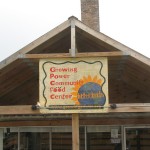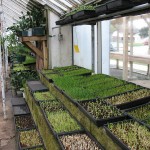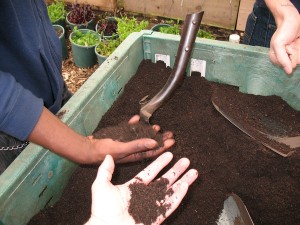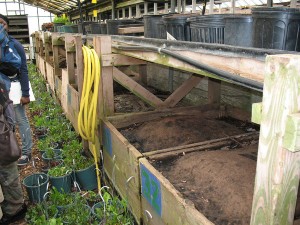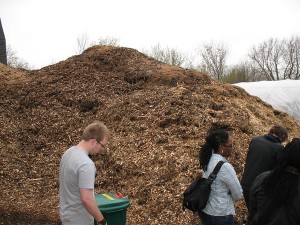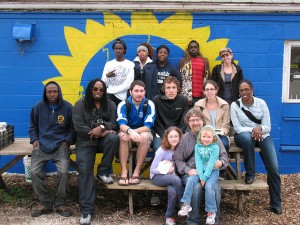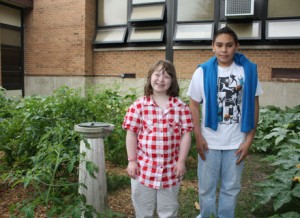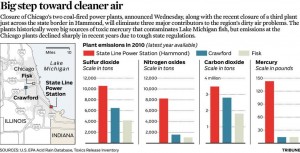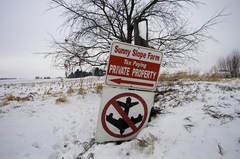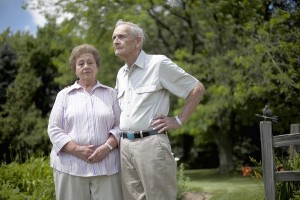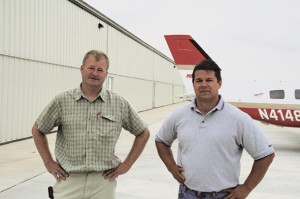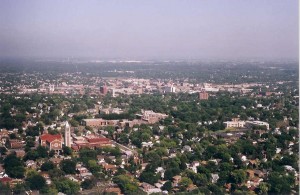In anticipation of Earth Day, Roosevelt University will host a screening tonight (Friday, April 20th) of the acclaimed environmental documentary feature film, Living Downstream, which features the life and work of writer, ecologist, and environmental activist Sandra Steingraber. As explained on the film’s website:
This poetic film follows Sandra during one pivotal year as she travels across North America, working to break the silence about cancer and its environmental links. After a routine cancer screening,  Sandra receives some worrying results and is thrust into a period of medical uncertainty. Thus, we begin two journeys with Sandra: her private struggles with cancer and her public quest to bring attention to the urgent human rights issue of cancer prevention.
Sandra receives some worrying results and is thrust into a period of medical uncertainty. Thus, we begin two journeys with Sandra: her private struggles with cancer and her public quest to bring attention to the urgent human rights issue of cancer prevention.
But Sandra is not the only one who is on a journey—the chemicals against which she is fighting are also on the move. We follow these invisible toxins as they migrate to some of the most beautiful places in North America. We see how these chemicals enter our bodies and how, once inside, scientists believe they may be working to cause cancer.
Several experts in the fields of toxicology and cancer research make important cameo appearances in the film, highlighting their own findings on two pervasive chemicals: atrazine, one of the most widely used herbicides in the world, and the industrial compounds, polychlorinated biphenyls (PCBs). Their work further illuminates the significant connection between a healthy environment and human health.
At once Sandra’s personal journey and her scientific exploration, Living Downstream is a powerful reminder of the intimate connection between the health of our bodies and the health of our air, land, and water.
Date: Friday, April 20th, 2012
Time: 6:00-8:30pm
Place: Roosevelt University, Chicago Campus, Auditorium Building (430 S. Michigan Ave)
Room: Congress Lounge (2nd floor)
This event is free and open to the public. Seating is limited, so please reserve your spot by RSVPing to Prof. Mike Bryson (mbryson@roosevelt.edu or 312.281.3148). A discussion with RU faculty will follow the screening, and light refreshments will be available. Sponsored by the Sustainability Studies Program in the College of Professional Studies at Roosevelt University.
